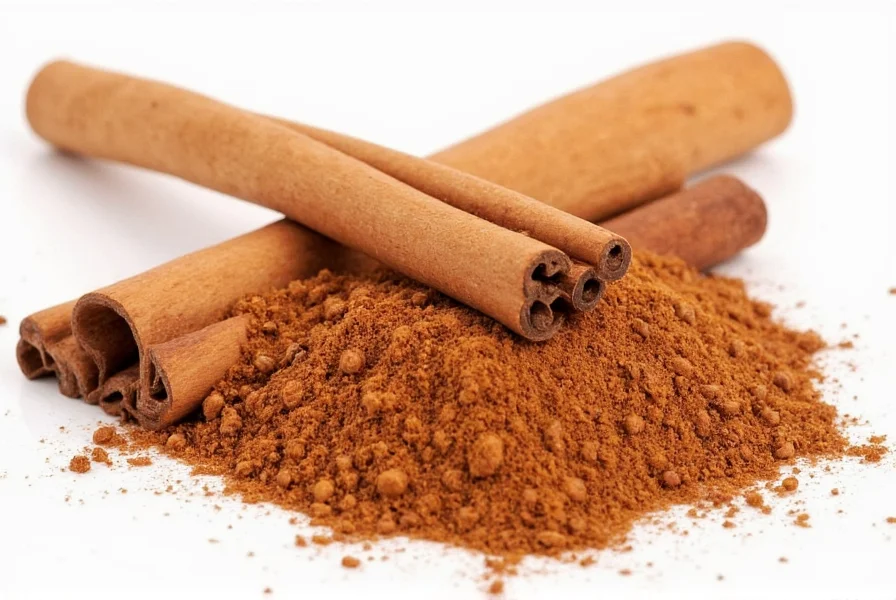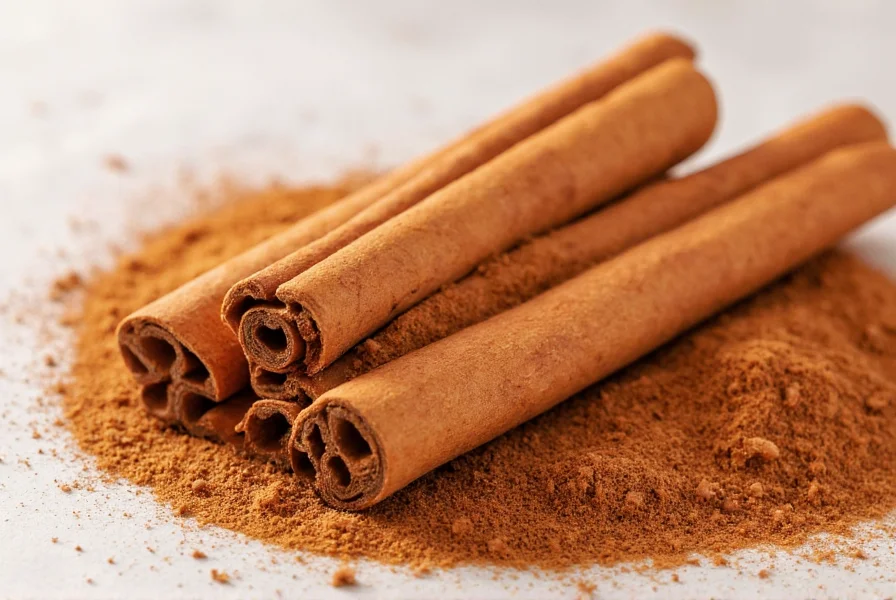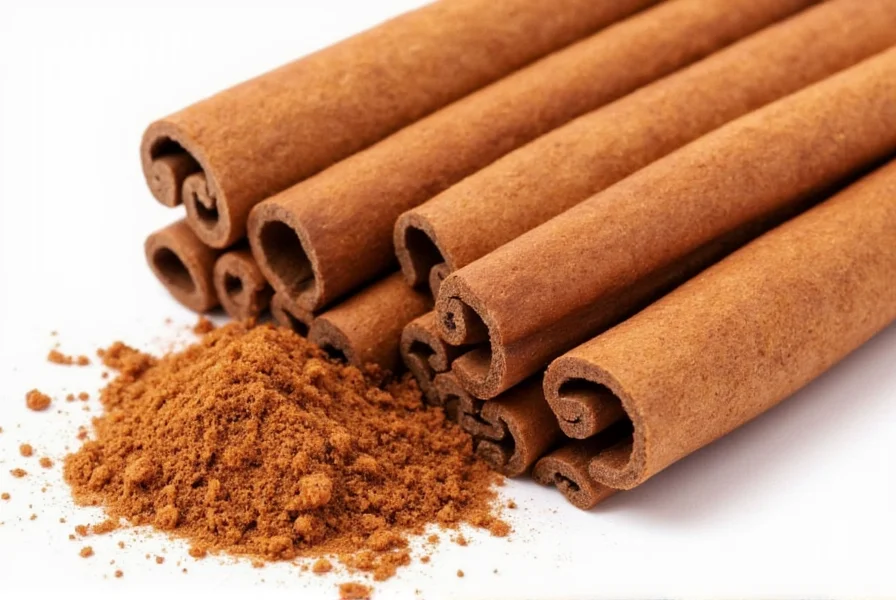When considering cinnamon spice calories, it's important to understand exactly how this popular spice fits into your nutritional planning. Cinnamon's minimal caloric content makes it an excellent choice for those monitoring their daily intake while still wanting to enjoy flavorful foods.

Nutritional Profile of Cinnamon
Understanding the complete nutritional picture of cinnamon goes beyond just calories in ground cinnamon per teaspoon. This aromatic spice offers more than just flavor—it brings valuable nutrients to your table with minimal caloric cost.
| Nutrient | Per Teaspoon (2.6g) | Percent Daily Value |
|---|---|---|
| Calories | 6 | <1% |
| Total Fat | 0.03g | <1% |
| Carbohydrates | 2.1g | 1% |
| Dietary Fiber | 1.6g | 6% |
| Sugar | 0.1g | 0% |
| Calcium | 26mg | 2% |
| Manganese | 0.5mg | 22% |
Ceylon vs. Cassia: Caloric Comparison
When examining cinnamon nutritional facts, many wonder if there's a caloric difference between the two main varieties. Both Ceylon ("true" cinnamon) and Cassia (the more common variety) contain virtually identical calorie counts—approximately 6 calories per teaspoon. The primary differences lie in their coumarin content and flavor profiles rather than caloric value.
Cassia cinnamon, which accounts for about 90% of cinnamon consumed in the United States, has a stronger, more intense flavor compared to the subtler Ceylon variety. Despite these flavor differences, how many calories in cinnamon spice remains consistent across both types when measured by volume.
Practical Applications in Meal Planning
The extremely low caloric profile of cinnamon makes it an ideal spice for numerous dietary approaches. Adding cinnamon to your morning oatmeal, smoothies, or coffee provides flavor complexity without adding meaningful calories to your meal.
For those specifically interested in cinnamon for weight management, research suggests that cinnamon may help regulate blood sugar levels, potentially reducing cravings. However, it's the spice's ability to enhance flavor without caloric penalty that makes it particularly valuable in calorie-conscious eating plans.

Common Misconceptions About Cinnamon and Calories
Despite popular claims, cinnamon alone won't trigger significant weight loss. The cinnamon health benefits without calories primarily relate to its ability to add flavor without caloric cost, not to any magical fat-burning properties.
Some websites promote "cinnamon water" or "cinnamon tea" as calorie-burning solutions, but these claims lack scientific support. What's factual is that replacing higher-calorie sweeteners with cinnamon represents a smart strategy for reducing overall calorie intake while maintaining satisfying flavors.
Incorporating Cinnamon Into a Balanced Diet
Consider these practical ways to use cinnamon while monitoring your low calorie spice options:
- Add to plain Greek yogurt instead of sugary flavored varieties
- Sprinkle on roasted vegetables like sweet potatoes or carrots
- Mix into homemade spice blends for rubs and marinades
- Stir into coffee or tea as a sugar alternative
- Use in baking recipes to reduce required sugar content
Remember that while cinnamon's cinnamon nutrition facts table shows impressive nutrient density relative to its caloric content, portion control still matters. Even at just 6 calories per teaspoon, excessive use could contribute to your daily intake, especially when combined with other ingredients in recipes.











 浙公网安备
33010002000092号
浙公网安备
33010002000092号 浙B2-20120091-4
浙B2-20120091-4